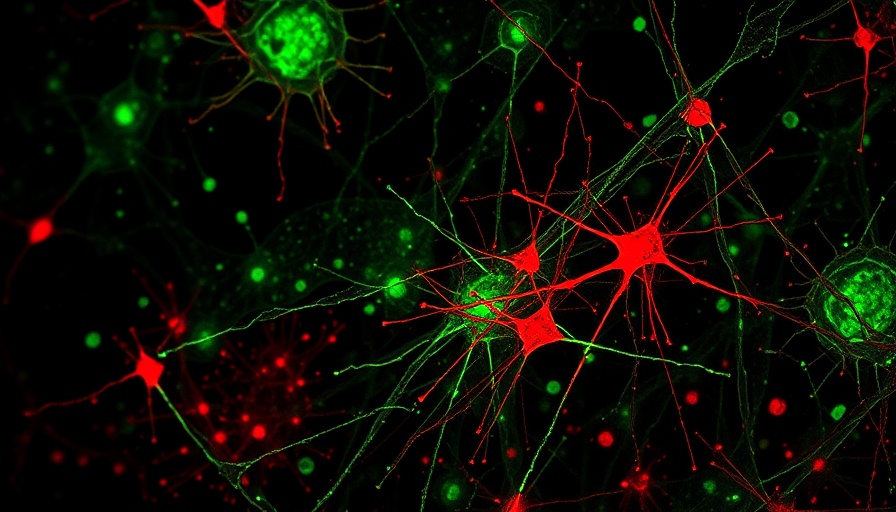
Breakthroughs in Alzheimer's Treatment: The Role of Nanoparticles
Researchers at the Institute for Bioengineering of Catalonia (IBEC) and West China Hospital Sichuan University have achieved a remarkable milestone in the fight against Alzheimer’s disease, demonstrating that nanoparticles can effectively reverse the condition in mice. By harnessing innovative nanotechnology, this research approaches the issue from a groundbreaking perspective, focusing on the restoration of the blood-brain barrier (BBB), rather than directly targeting neurons.
The Blood-Brain Barrier: A Critical Player in Cognitive Health
The brain's intricate network of blood vessels plays a pivotal role in maintaining cognitive health. The BBB serves as the brain's protective shield, regulating what substances can enter from the bloodstream. When this barrier becomes compromised, toxic proteins like amyloid-β (Aβ) accumulate, impairing neuronal function and leading to cognitive decline. This research highlights the importance of vascular health, particularly in age-related diseases such as Alzheimer's.
How Nanoparticles Work
Unlike traditional therapies that rely on nanoparticles as mere carriers, the supramolecular drugs developed by the researchers are bioactive agents that possess therapeutic properties on their own. This means they not only facilitate the transport of necessary substances but also actively participate in the repair of the BBB, allowing for efficient clearance of Aβ. Following just three doses of the nanoparticles, researchers observed a 50-60% reduction of Aβ in the mice brain just one hour post-injection, showcasing the rapid efficacy of this novel treatment.
The Transformative Impact on Alzheimer's Progression
In one of the pivotal experiments, treated mice displayed cognitive behaviors akin to those of healthy mice after six months of monitoring. This stunning reversal of Alzheimer’s pathology—particularly in aging mice that mimic human cognitive decline—demonstrates the potential of this technology to alter the disease's trajectory significantly.
Future Implications: A New Paradigm in Alzheimer's Care
This study's findings could pave the way for new approaches in dementia treatment strategies. As Alzheimer’s continues to pose significant challenges for elderly care, particularly in facilities like cognitive care centers in Muskegon, advancements such as these offer hope not only for effective treatments but also for improved patient longevity. As families and caregivers consider various options for long-term health coverage, understanding such cutting-edge research is crucial in decision-making.
Support for Caregivers: Understanding the Bigger Picture
Caregivers play an invaluable role in the lives of those affected by Alzheimer's. Gaining insights from studies like this can empower caregivers with knowledge about effective treatment possibilities. Programs and facilities that offer encouragement, support, and resources for caregivers, such as familial support services in Muskegon, can greatly improve the quality of both caregiver and patient experiences.
The Road Ahead: Counseling and Community Collaboration
As communities mobilize to improve Alzheimer’s care and support, it’s vital to maintain open channels for communication among families, healthcare providers, and support services like dementia assistance centers and adult care residences in Muskegon. By aggregating efforts towards comprehensive care strategies and sharing information about recent advancements like nanoparticle therapy, the community can enhance the welfare and quality of life for individuals with Alzheimer's.
This groundbreaking research on reversing Alzheimer’s disease in mice presents both a promising glimpse into the future of treatment options and underscores the importance of understanding vascular health in cognitive decline. For caregivers and families navigating the complexities of Alzheimer’s care, staying informed about these developments is essential.
 Add Row
Add Row  Add
Add 




Write A Comment